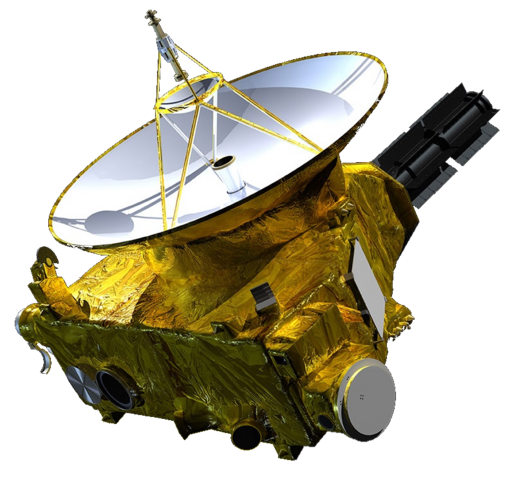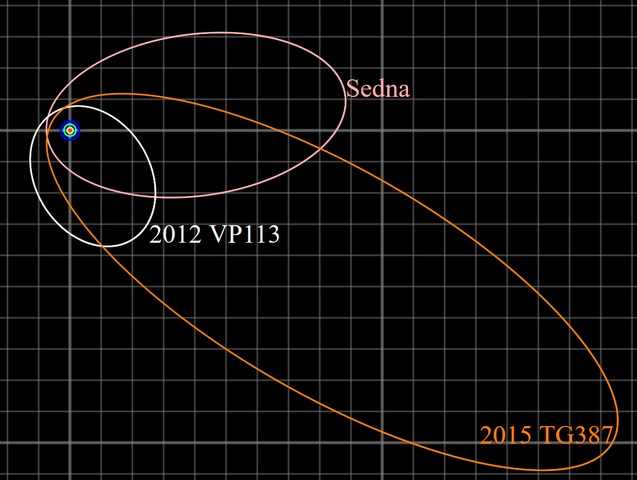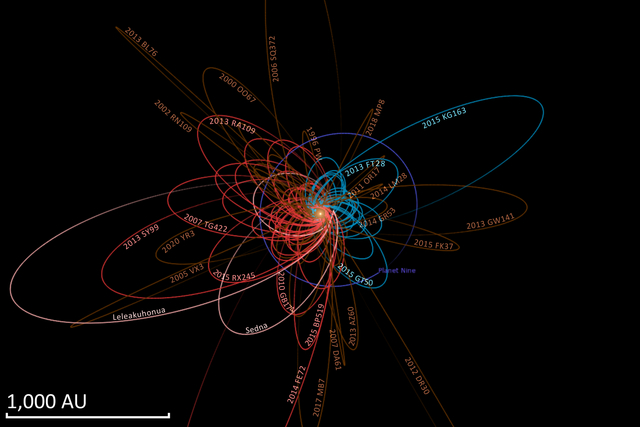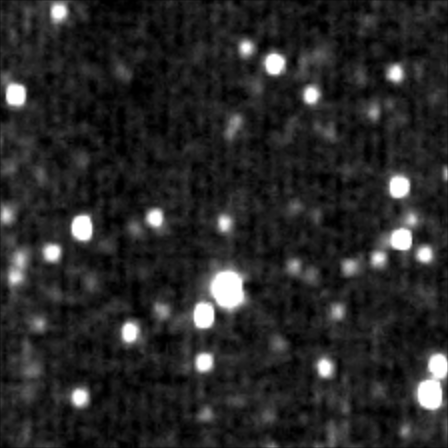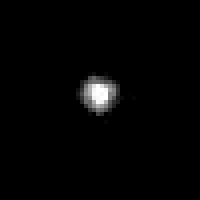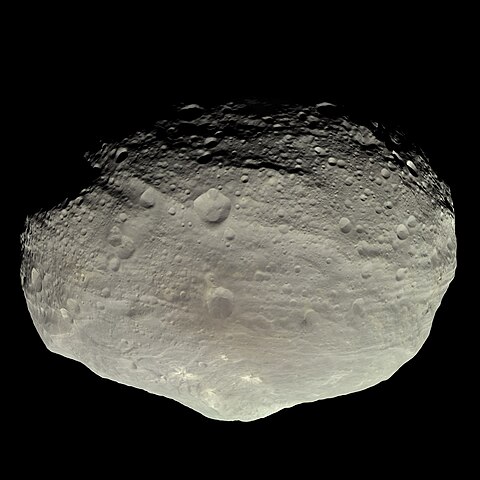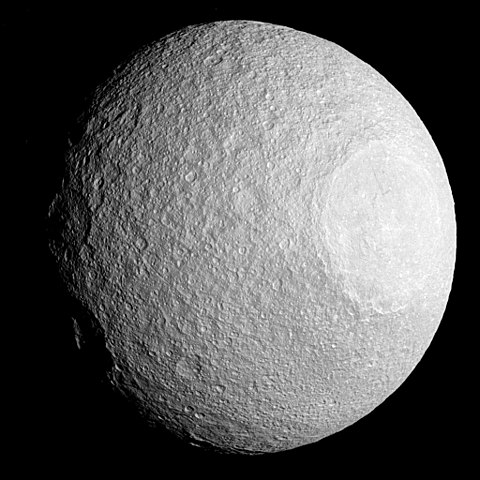1 day / second
0.5 AU
486958 Arrokoth
Trans-Neptunian Object
A cold classical Kuiper Belt object with a distinctive bi-lobed "snowman" shape, discovered in 2014 and visited by New Horizons in 2019, making it the most distant and most primitive object ever explored by spacecraft.
Key Facts
orbital regime | Kuiper Belt |
learn more | Wikipedia |
mass | 7.4850e+14 kg |
radius | 18 km |
hill radius | 31,995 km |
semi-major axis | 44.581 AU |
eccentricity | 0.042 |
inclination | 2.451º |
longitude of the ascending node | 158.998º |
argument of periapsis | 174.418º |
orbital period | 297.662 years |
discovery date | June 26, 2014 |
discovered by | Hubble Space Telescope |
name origins | Named after sky in the language of the Powhatan Native American people |
dimensions | Contact binary with two lobes, approximately 35 km long |
albedo | 0.057 |
material composition | Heavily reddened icy body |
instance of | Contact binary and cubewano |
Gallery
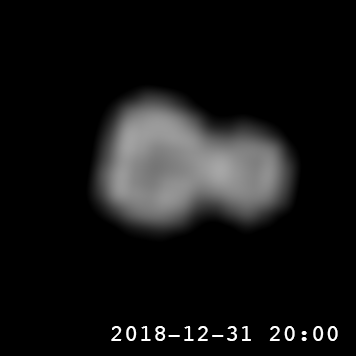
Spacecraft Visits
New Horizons
Flyby
Launched in 2006, visited in 2019
The New Horizons spacecraft conducted the most distant flyby in history when it passed within 3,500 kilometers of Arrokoth (then nicknamed Ultima Thule) on January 1, 2019, revealing it to be a contact binary object shaped like a flattened snowman.

